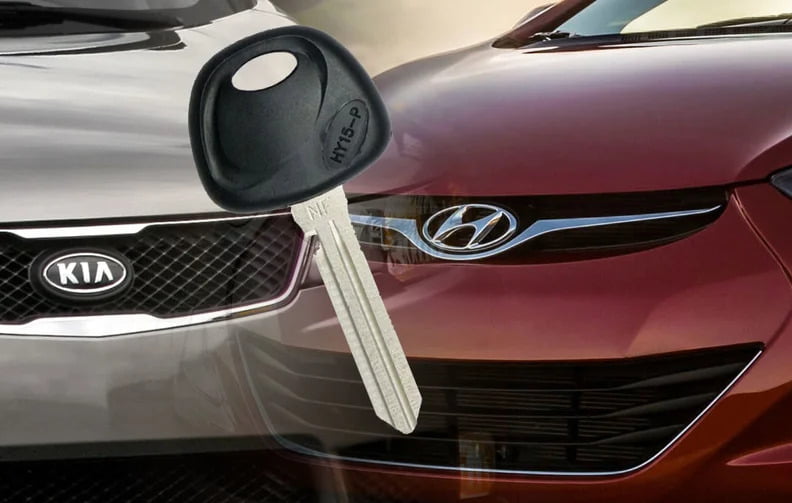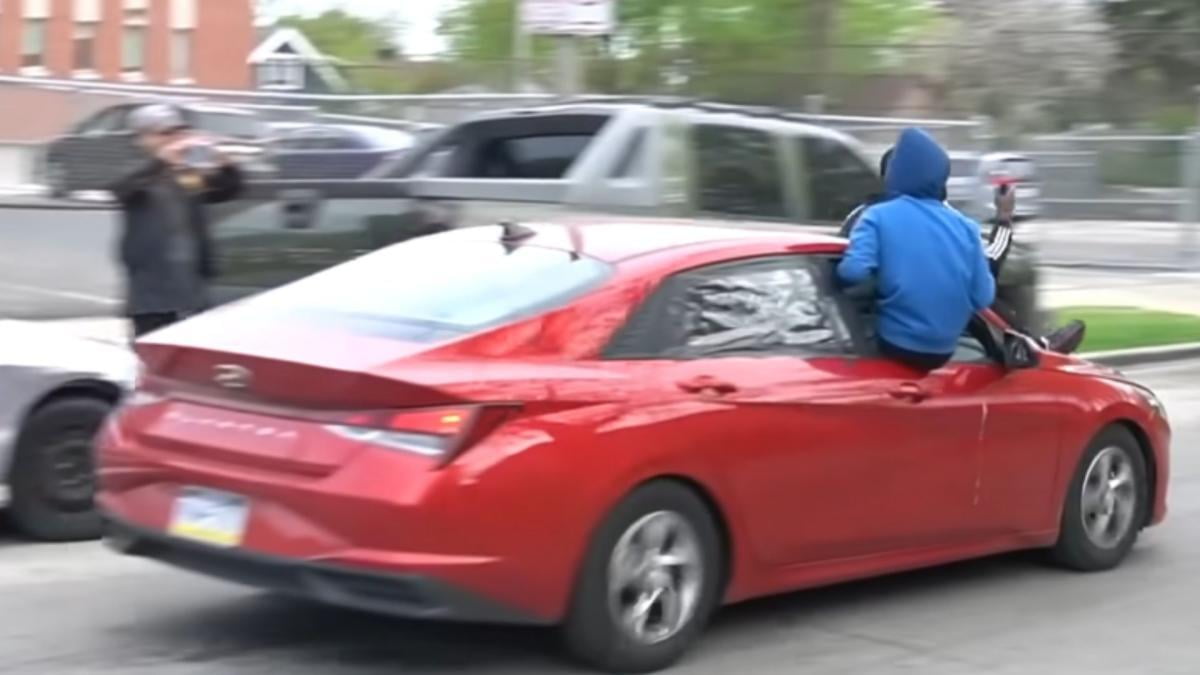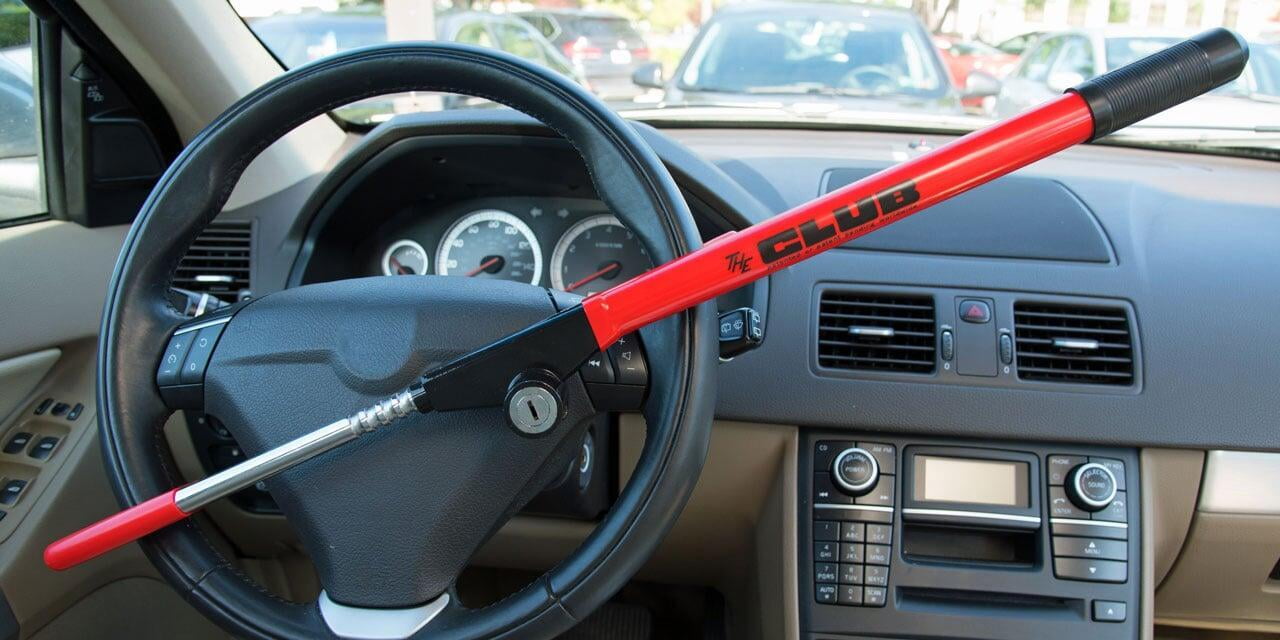A social media trend that started in 2021 is still having a severe negative impact on owners of Kia's and Hyundai's. Many companies outright decline, others restrict coverage, there are still a few insurance companies we can turn to.

Hyundais and Kias, particularly certain models, have faced issues with theft and vandalism, significantly in part due to the actions of a group referred to as "The Kia Boys." The group gained notoriety for exploiting vulnerabilities in these vehicles' security systems, making them easier to steal. This trend escalated with the spread of information and tutorials on social media platforms, leading to a surge in theft rates for these brands.
From an insurance and risk management perspective, this situation presents several challenges:
Increased Risk of Theft and Vandalism: The widespread knowledge of the security flaws in certain Hyundai and Kia models has led to a spike in theft rates. This increase in risk makes these vehicles more expensive to insure, as insurers anticipate higher claims frequencies.
Higher Insurance Premiums: Insurance companies often adjust premiums based on the risk associated with insuring a particular vehicle. Given the increased theft rates of Hyundais and Kias, owners of these vehicles may face higher insurance premiums to offset the greater risk.
Brand Reputation Damage: The publicity around these thefts and the identification of the security weaknesses can damage the brand reputation of Hyundai and Kia. This situation can lead to decreased vehicle value, affecting both current owners and the companies themselves.
Policy Adjustments and Exclusions: In response to increased risk, insurance companies might revise their policies, including increased deductibles, limitations on coverage, or even outright refusal to insure certain models known for being targeted.
Regulatory and Legal Implications: The situation might draw regulatory attention, leading to potential legal challenges for Hyundai and Kia to enhance their security measures. Insurers will closely monitor these developments, as any changes can influence risk assessments and policy terms.
Insurance companies and risk management professionals must continually assess these evolving risks, adjust policies accordingly, and work collaboratively with automobile manufacturers to ensure that security measures are improved to protect against such vulnerabilities.

The "Kia Boys" phenomenon originated from a trend where individuals, often teenagers, exploited a specific vulnerability in certain models of Hyundai and Kia vehicles. The trend gained momentum through social media platforms, particularly through videos that demonstrated how to start these vehicles without a key, using tools as simple as a USB cable. The issue primarily affected vehicles that used a mechanical key rather than a push-button start and lacked an immobilizer system, a feature that prevents the engine from running unless the correct key is present.
The impact of this trend is multifaceted, affecting not just the car owners and the insurance industry but also the broader community:
Surge in Auto Thefts: Cities across the U.S. reported significant spikes in thefts of Hyundai and Kia vehicles. This trend not only affects the direct victims of theft but also contributes to a general increase in crime rates and law enforcement resource allocation.
Rising Insurance Premiums: As the risk of theft increases, insurance companies adjust their premiums to account for the higher likelihood of claims. This means owners of the affected Hyundai and Kia models may face higher insurance costs, even if their vehicle has not been stolen. In some extreme cases, insurers may even opt to stop covering certain models unless specific anti-theft devices are installed.
Residual Value of Vehicles: The popularity of certain car models for theft can diminish their perceived value in the market. This could affect all owners of these models, as potential buyers might be deterred, fearing higher insurance premiums or the risk of theft.
Comprehensive Coverage Costs: For owners of the affected vehicles, obtaining comprehensive coverage, which covers theft, might become more expensive or difficult to procure. Insurers might impose stricter requirements or deductibles for these models.
Community Impact: The trend can lead to broader community issues, such as an increased sense of insecurity, potential property damage related to car thefts, and strain on local law enforcement resources.
Manufacturer Response and Recall Costs: The manufacturers, Hyundai and Kia, have been pushed to address these vulnerabilities through recalls, software updates, and enhanced security features in new models. These responses incur costs and logistical challenges, not to mention the potential impact on brand reputation and customer loyalty.
Consumer Awareness and Behavior Change: The phenomenon has led to increased awareness among vehicle owners regarding the importance of anti-theft devices and comprehensive insurance coverage. Owners of the affected models may need to invest in steering wheel locks, car alarms, or tracking systems to mitigate the risk of theft and potentially lower their insurance premiums.
The "Kia Boys" phenomenon is a clear example of how a specific trend, especially when amplified by social media, can have wide-reaching effects on consumers, industries, and communities, highlighting the interconnected nature of modern risks and the importance of proactive risk management strategies.

A club anti-theft device, commonly referred to as a steering wheel lock, is a visible and physical deterrent used to prevent vehicle theft. It works by attaching to the steering wheel of a car and preventing it from being turned. Here's how it contributes to theft prevention:
Visible Deterrent: The presence of a club on the steering wheel is immediately noticeable. Potential thieves looking for an easy target are likely to be deterred by the sight of it, as it signifies that stealing the car would require additional time and effort to remove the lock.
Physical Barrier: Even if a thief manages to break into the car and start the engine, the club prevents the steering wheel from turning more than a few degrees. This makes driving the car away practically impossible, effectively thwarting the theft.
Time and Effort to Remove: Removing a club anti-theft device without the key can be a time-consuming and noisy process, requiring tools and creating a commotion that could attract attention. Thieves often look for the path of least resistance, and a car with a club installed does not fit that criterion.
Psychological Impact: The use of a club signals to a potential thief that the car owner is security-conscious. Thieves may assume that additional security measures are in place (like an alarm system or a vehicle tracker) and decide that attempting to steal the car isn't worth the risk.
While a club anti-theft device is not foolproof and cannot guarantee that a vehicle won't be stolen, it significantly reduces the risk by acting as a strong deterrent. It's often used in conjunction with other security measures (like alarm systems, immobilizers, or GPS trackers) for a more comprehensive approach to vehicle security.

